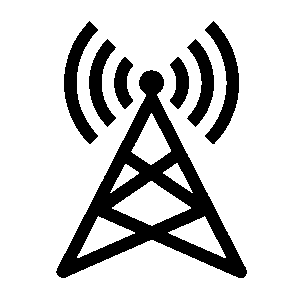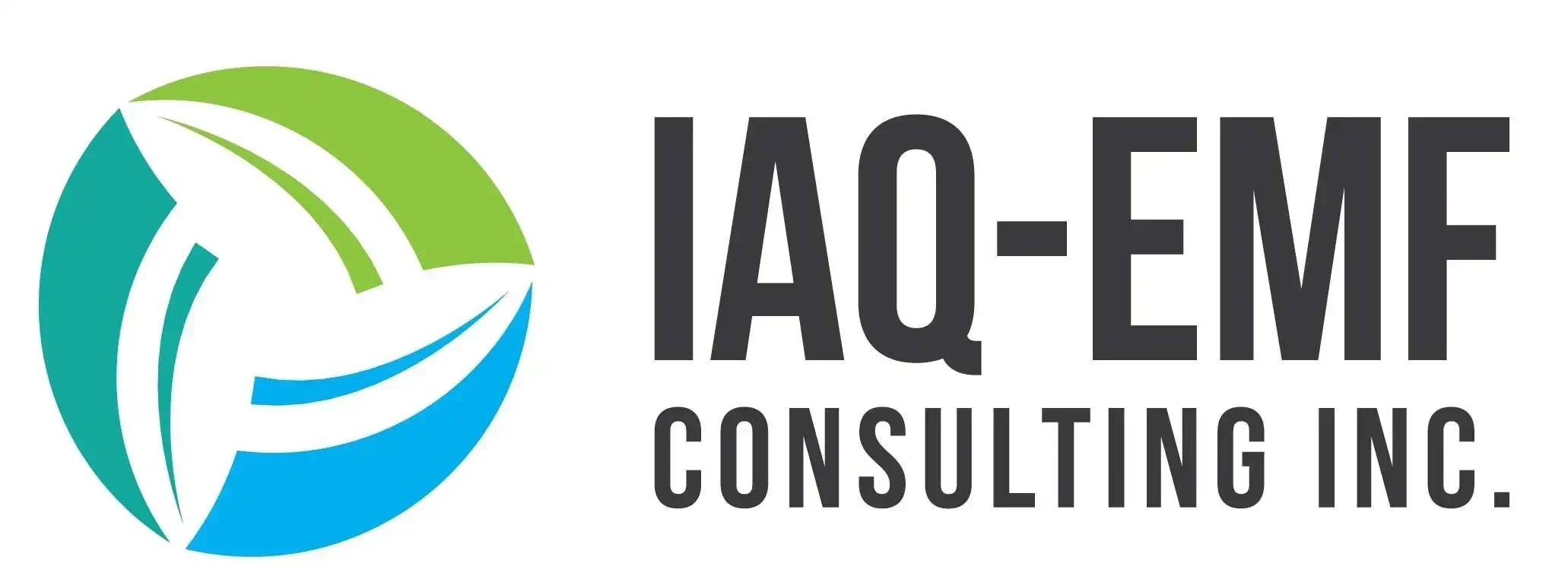Comparing RF Exposure Limits: IEEE, FCC, ICNIRP, and Bioinitiative Report
Compare RF exposure limits by IEEE Standards, FCC, ICNIRP, and the Bioinitiative Report for cell towers. Understand thermal vs. non-thermal effects and NYC compliance standards.

Understanding the power density limits for RF exposure is critical in assessing regulatory and advisory frameworks for cell tower emissions. Here’s a detailed comparison of limits set by IEEE, FCC, ICNIRP, and the Bioinitiative Report.
1. IEEE Standards (Institute of Electrical and Electronics Engineers)
- Standard: IEEE C95.1
- Limit for General Public:
- Varies by frequency. For frequencies commonly used by cell towers (e.g., 2 GHz), the limit is approximately 10 W/m².
- Approach: Focuses on minimizing tissue heating due to thermal effects of RF exposure.
2. FCC Guidelines (Federal Communications Commission – USA)
- Standard: FCC 47 CFR §1.1310 (Guidelines for Evaluating the Environmental Effects of RF Radiation)
- Limit for General Public:
- For 2 GHz frequencies, the limit is 1 mW/cm² (equivalent to 10 W/m²).
- Approach: Similar to IEEE standards, emphasizing the prevention of harmful thermal effects.
3. ICNIRP Recommendations (International Commission on Non-Ionizing Radiation Protection)
- Standard: ICNIRP Guidelines (2020 update)
- Limit for General Public:
- For 2 GHz frequencies, the limit is 10 W/m².
- Approach: Based on established thermal biological effects, with significant safety margins to protect public health.
4. Bioinitiative Report Insights
- Standard: Bioinitiative Working Group Recommendations (2012, updated periodically)
- Limit for General Public:
- Suggests significantly lower limits, ranging from 0.1 µW/cm² to 1 µW/cm² (equivalent to 0.001 W/m² to 0.01 W/m²).
- Approach: Takes a precautionary stance, focusing on potential non-thermal biological effects, such as oxidative stress, DNA damage, and long-term health risks.
Summary Comparison Table
| Standard | Limit (Approx.) | Primary Concern | Basis of Limits |
|---|---|---|---|
| IEEE | 10 W/m² | Thermal effects | Established biological effects |
| FCC | 10 W/m² | Thermal effects | Similar to IEEE |
| ICNIRP | 10 W/m² | Thermal effects | Safety margins considered |
| Bioinitiative | 0.001–0.01 W/m² | Non-thermal effects (long-term risk) | Precautionary approach |
In New York City, FCC standards (10 W/m²) are the legally binding limits for cell tower emissions. However, the Bioinitiative Report advocates for much stricter limits due to potential non-thermal effects. Understanding these differences helps stakeholders balance safety, regulation, and technological advancement.
For further details, check out the official guidelines:
